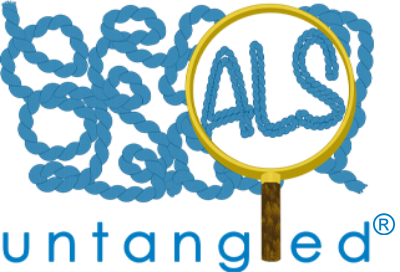Aquí encontrará nuestros informes publicados sobre las terapias alternativas y fuera de guía, las calificaciones que le dimos a cada una de ellas en diferentes categorías, breves resúmenes e incluso podcasts. Haga clic en el nombre de la reseña para abrir el informe publicado, o haga clic en el enlace del podcast para escuchar una breve entrevista sobre ella. Cuando aparece nueva información sobre una terapia después de nuestra reseña publicada, actualizamos el resumen y las calificaciones asignadas en consecuencia. Los resúmenes y las calificaciones que se han actualizado desde la publicación de una revisión están marcados con un asterisco.
Haga clic en el título de cualquier revisión completa o en la letra de la calificación para obtener información detallada. Haga clic en cualquier encabezado de columna (“Tratamiento”, “Mecanismo”, etc.) para ordenar toda la tabla por esa columna. Además, puede hacer clic aquí para ver la Tabla de Evidencias completa.
